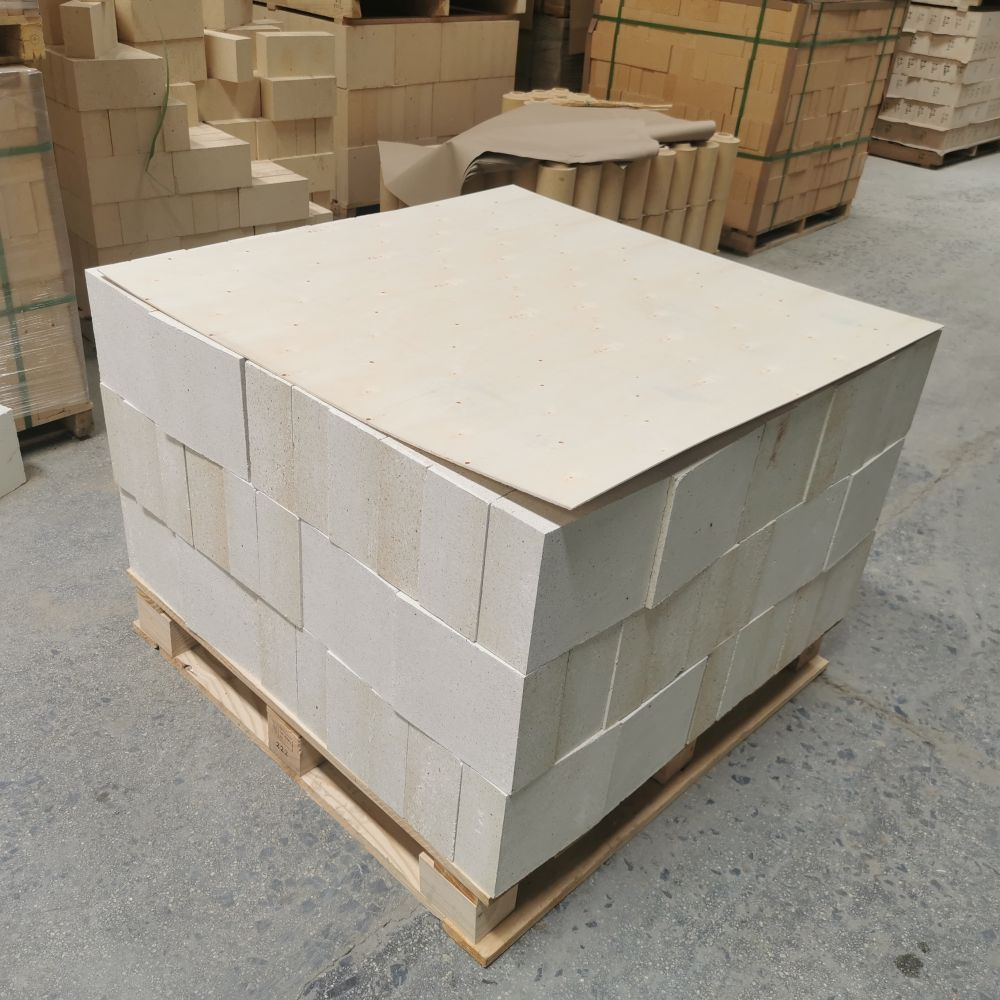A New Era of Intelligent Furnace Construction: Lightweight Algorithms Enable More Precise Refractory Brick Identification and Positioning
In high-temperature industries such as steel, metallurgy, and building materials, refractory bricks are an indispensable key material in kilns. They maintain structural stability under high temperatures, preventing damage to the furnace body. Generally, a single refractory brick weighs between 5 and 40 kg, while a large coke oven often requires up to 6600 tons of refractory bricks, with as many as 760 different types. This means that even a slight error can cause problems in the entire furnace construction process.
Why is it necessary to "identify" refractory bricks?
During coke oven construction, refractory bricks are not randomly stacked; they are mostly tightly joined using a mortise and tenon joint structure. While this structure is stable, it also presents challenges for automated construction:
The boundaries between bricks are blurred, making them easily misidentified as a single piece;
If the robot's grip is inaccurate, bricks may fall, or even damage the furnace body;
Slight deviations in the placement depth of each brick can cause misalignment in subsequent laying.
To address these issues, researchers have proposed a lightweight refractory brick recognition and localization algorithm to help bricklaying robots more intelligently "see" bricks and accurately "handle" them.

Lightweight Algorithm, Making Robots Smarter
The core of this algorithm is an improvement on the existing object recognition model YOLOv8. YOLO is a very popular image recognition algorithm that can determine the position of objects in an image in a very short time. However, when faced with "closely packed refractory bricks," the ordinary YOLO model still suffers from missed detections and false detections.
Researchers employed three major innovations:
Multi-boundary feature random synthesis
By simulating the close arrangement of bricks, more diverse brick image data is generated, allowing the model to "preview various possibilities."
Global Attention Module (GAM) and improved loss function Wise-IoUv3
This allows the model to pay more attention to the detailed features of the bricks during recognition, such as edge lines and surface textures, improving recognition accuracy.
Pruning Algorithms Make the Model Lighter
By pruning parameters with "small impact" on computation, the model becomes smaller and faster. Ultimately, the model has only 0.211M parameters and a computational load of only 0.856G, a reduction of over 90% compared to the original model.
Precise Localization: From 2D to 3D
Recognition is only the first step; the robot also needs to know "where the brick is and how deep to place it."
Researchers used a depth information segmentation algorithm combining point cloud data to enable the model to accurately obtain the 3D position of the brick based on 2D recognition.
In experiments, when the brick's depth ranged from 800mm to 1000mm, the average measurement error was only 0.28%. This means the robot can perform grasping with almost "millimeter-level" precision.
The experimental results are impressive.
Tests on the coke oven bricklaying robot experimental platform show:
Average recognition accuracy: 98.83%
Parameter reduction: 92.99%
Floating-point calculation reduction: 89.56%
This not only makes the robot's recognition more accurate but also allows it to operate efficiently in on-site environments with limited computing resources.

Significance and Application Prospects
This research is not only a breakthrough in refractory brick recognition but also an important step in industrial automation. Through lightweight algorithms, the bricklaying robot can complete complex recognition and positioning tasks under limited equipment conditions, significantly improving the automation and safety of coke oven construction.
In the future, this type of algorithm can also be applied to:
Kiln maintenance and inspection;
Industrial robot visual grasping;
Intelligent assembly of prefabricated building components, etc.
Summary
The quality and density of refractory bricks (e.g., density 2.4~3.0 g/cm³) determine whether they can maintain strength at high temperatures, while intelligent recognition algorithms determine whether they can be accurately "placed" in the correct position.
The emergence of lightweight refractory brick identification and positioning algorithms has not only improved identification accuracy but also provided a solid technological foundation for "machines replacing manual furnace construction."
This can be considered a prime example of the deep integration of traditional refractory materials and artificial intelligence.
Inquiry Now
Please leave your e-mail and we will contact you as soon as possible
contact us
Your satisfaction is our top priority. Whether you have questions, need support, or want to share feedback, our dedicated team is ready to assist you every step of the way.